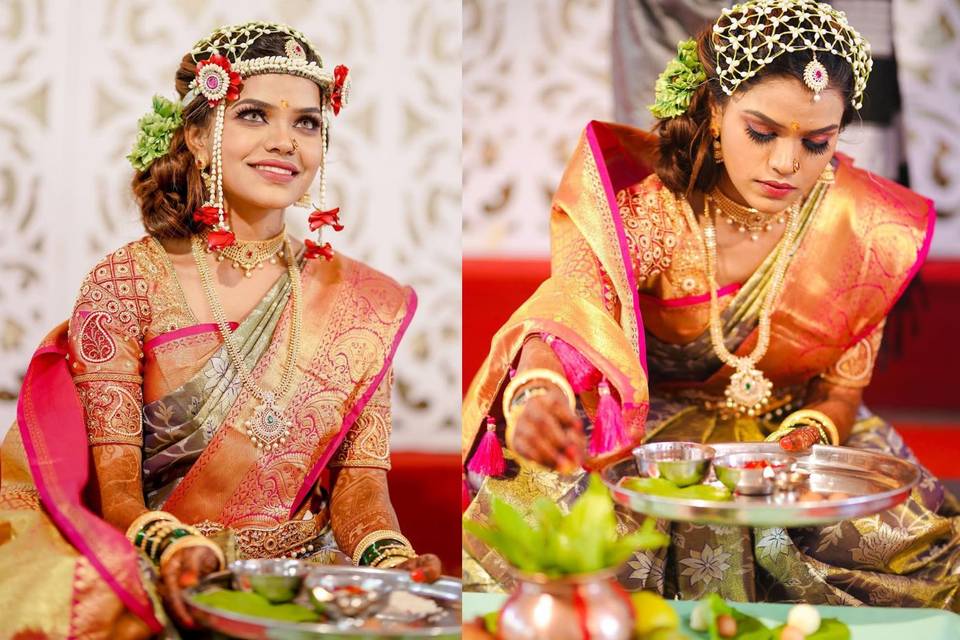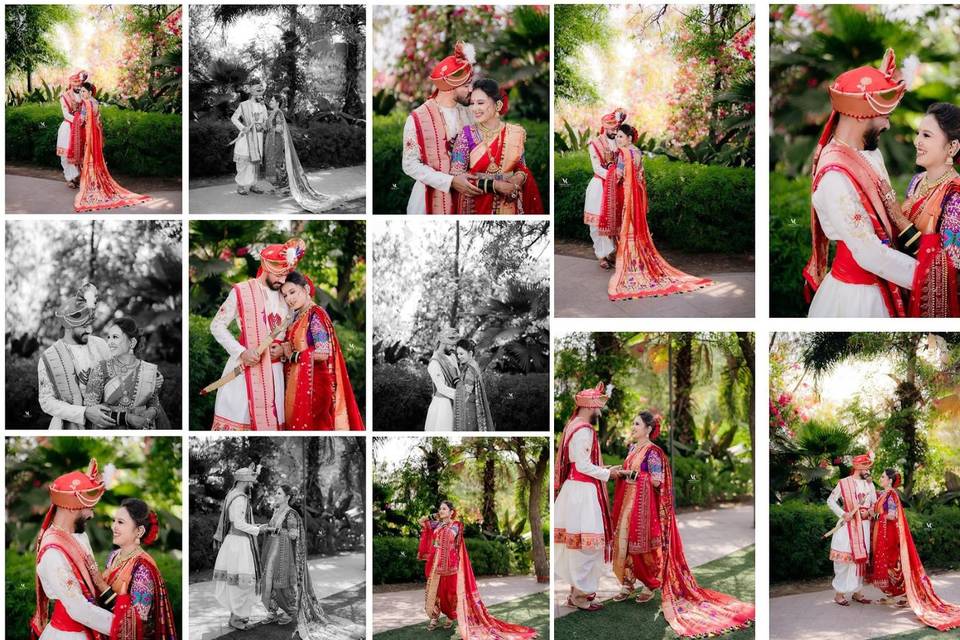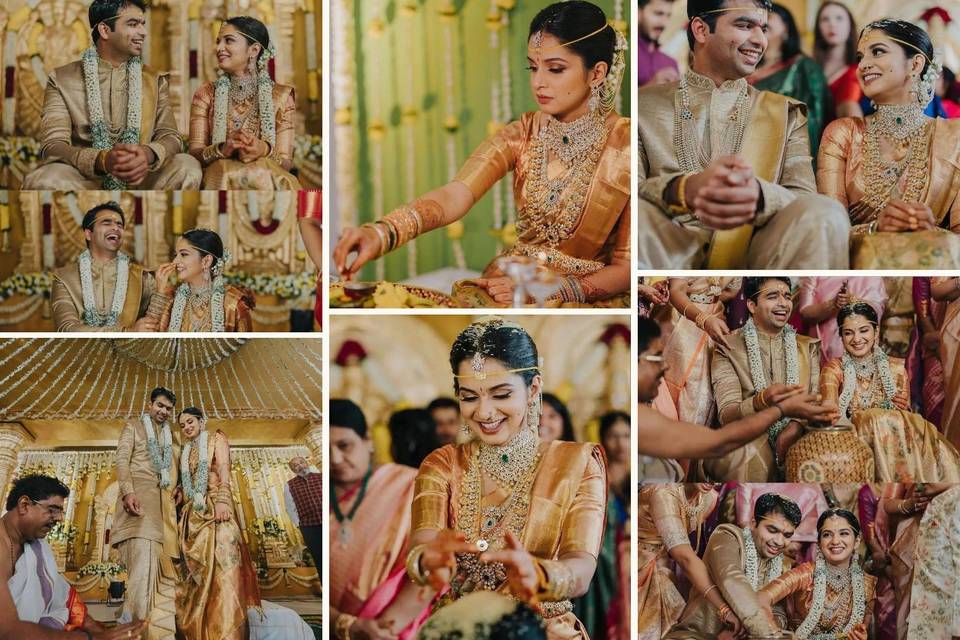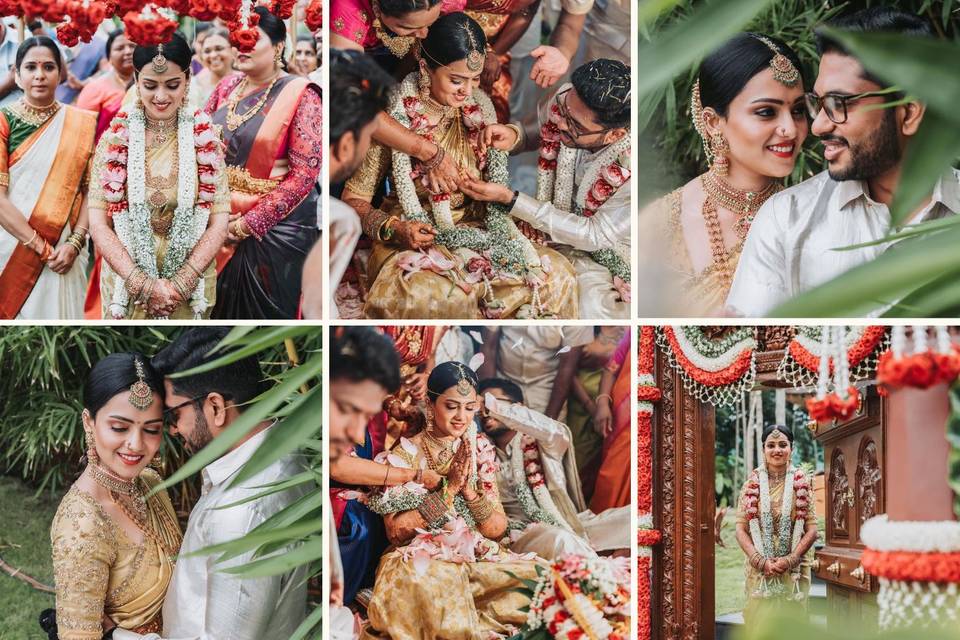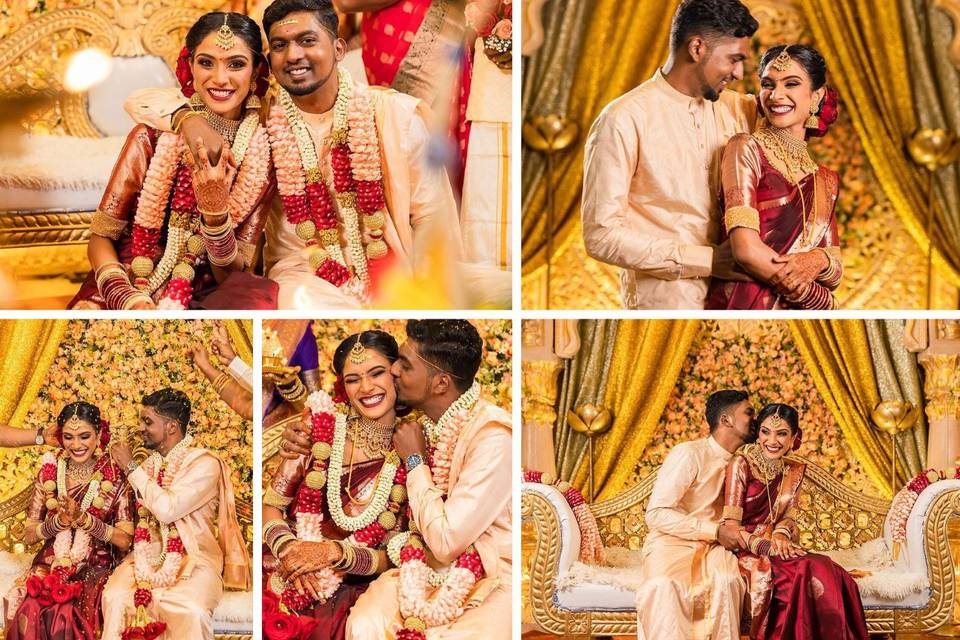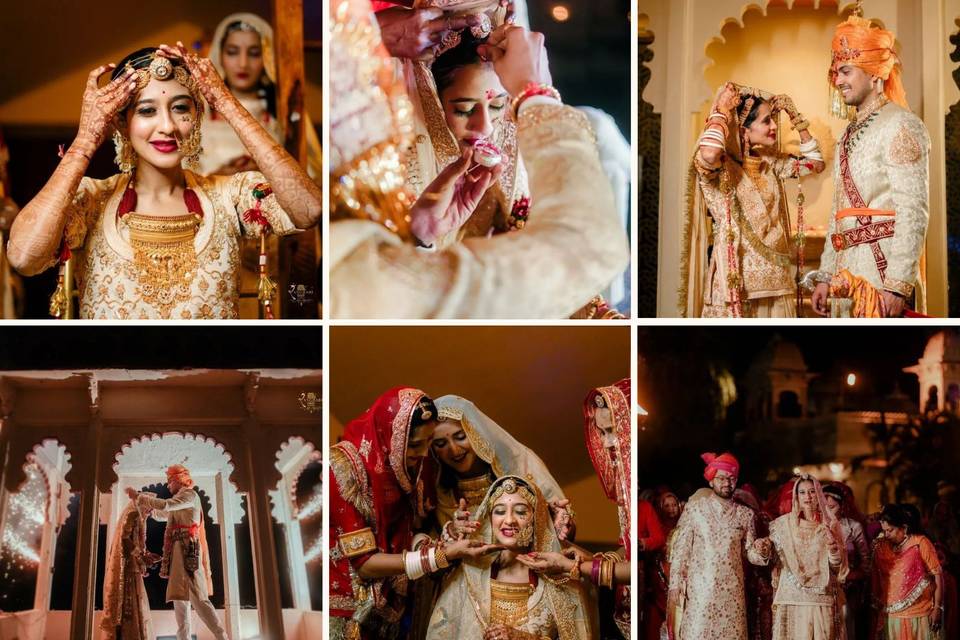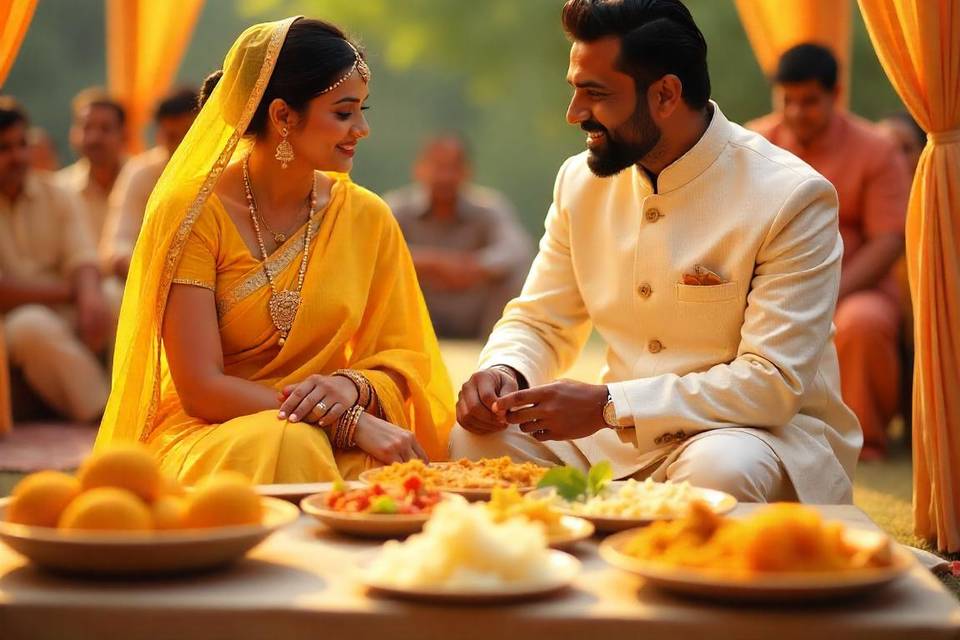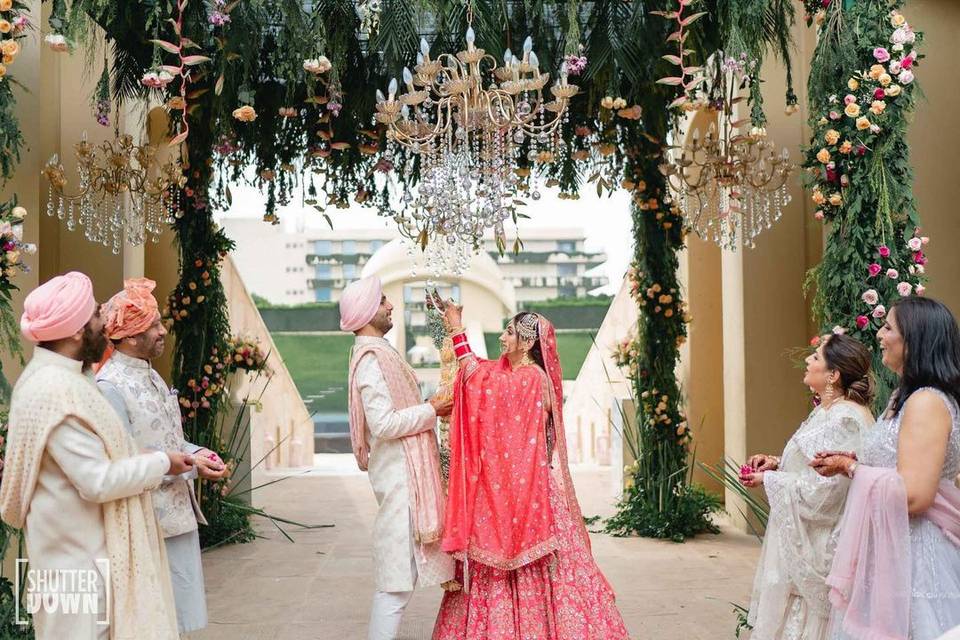Gandharva Marriage- Ancient, Modern or Both? Know All About the Unique Indian Marriage Tradition
What is Gandharva Marriage? What is the history and origin of it? Is it relevant in the present-day world among the millennial couples? If you're interested to know the rituals and rules of this historical Indian marriage tradition, keep reading!
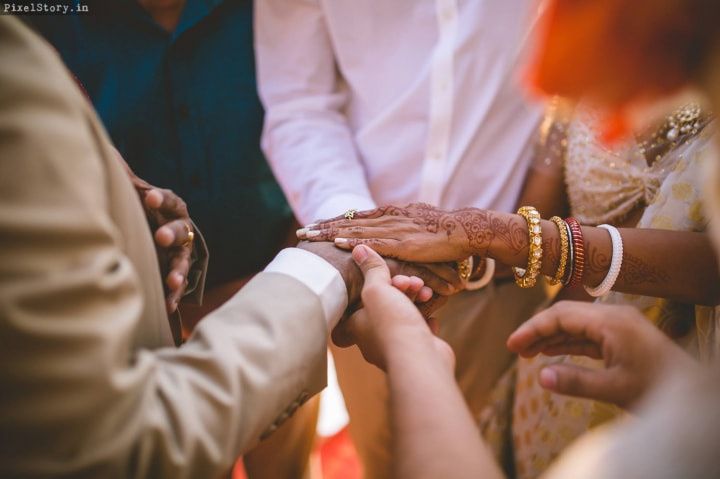
Indian marriages have always had a wide range of classifications on the basis of religious beliefs, community and even geographical conditions. Talking about ancient Indian marriages, there were eight kinds of Hindu marriages as per the Vedic beliefs namely: Brahma marriage, Daiva Marriage, Arya marriage, Prajapatya, Gandharva, Asura, Rakshasa and Paisacha marriage. So how is a Gandharva marriage different from any other marriage? Let's take you down the history lane and introduce you to this ancient Hindu marriage ritual and how it's done.
1. Defining Gandharva Marriage

Out of the eight classical kinds of Hindu marriages, a Gandharva marriage is purely based on love and passion. During the Rig Vedic times, this was one of the most popular forms of marriage in which mutual consent and freedom of choice were of utmost importance. According to the Gandharva form of marriage, the boy and the girl can start living together once they find each other suitable without the need of anyone else's consent, which also included their parents. The one and only criterion for carrying out this marriage was the couple's likeness for each other.
2. Historical Relevance

The origin of Gandharva marriage began when the couple found mutual attraction in each other. The boy and the girl belonging to the same village used to meet at fair, temples, festivals and such other regular village everyday life events. That's how they chose their partners and decided to spend their lives together. One of the most famous and celebrated weddings in the epic era of Gandharva marriage was that of King Dushyanta and Shakuntala. In the Mahabharata, Bheem and Hadimba Devi were believed to have had married under Gandharva rituals. In Vaishnav community of certain parts of India, the couple gets married in a similar fashion, but in front of Lord Krishna's idol.
3. The Rules & Rituals
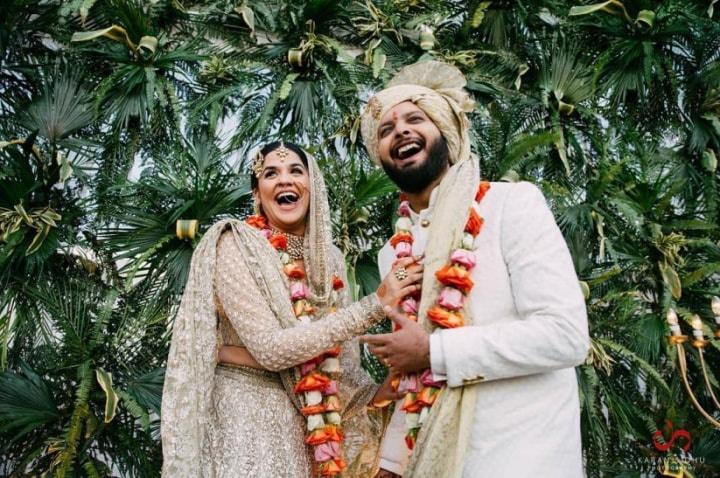
Apart from the mutual consent of the bride and the groom, the rules of a Gandharva marriage are pretty simple.
- The couple exchange garlands or wedding jaimalas made of fresh flowers under a tree.
- The garlands are essentially made of roses. No other flowers are to be used in the wedding garlands.
- A Gandharva wedding must take place during the day and never at night.
- Although the presence of priests is not required, there are however certain wedding vows that the couple must take. These vows mostly include promises to keep each other happy and loved forever. A Gandharva Vivah isn't complete without these vows.
4. The Fall of Gandharva Wedding
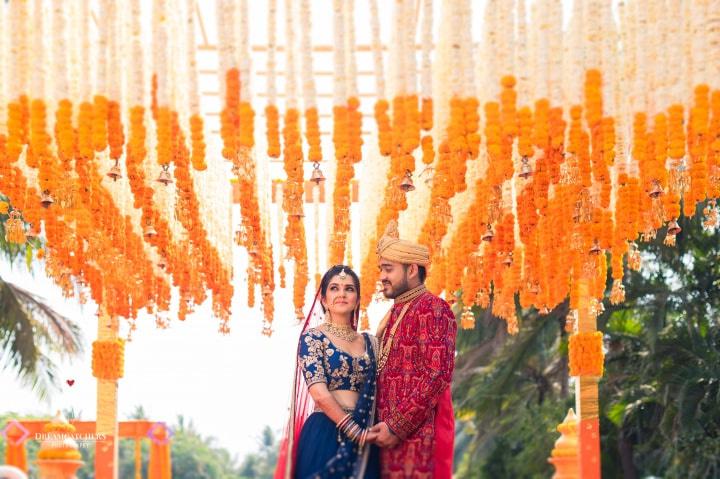
Around 16th century, the practice of Gandharva marriage began to drop. More early marriages and child marriages started to take place and hence the girl (or boy) was in no position to have consent. Among several reasons for the downturn of Gandharva wedding was, some section of the society argued rituals and customs are essential for a legitimate accomplishment of a marriage ceremony. Also, with more number of Gandharva weddings, wedding pandits were going out of work and hence becoming poor. And eventually, marriages under Gandharva belief were frowned upon, unacceptable in the society and abolished.
5. The New Age Version of Gandharva marriage
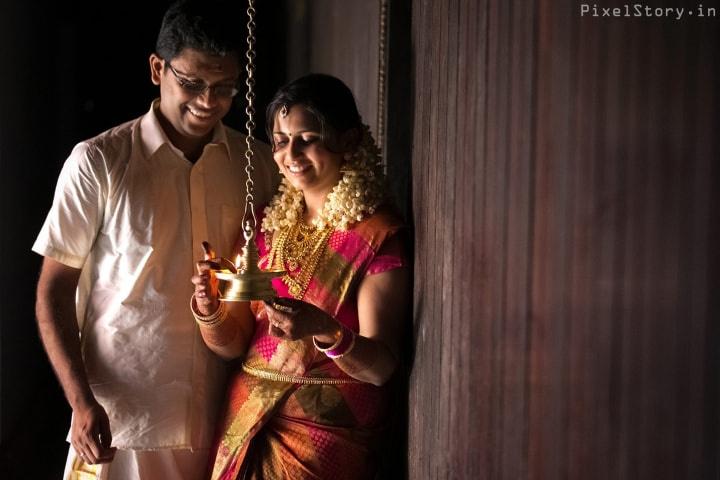
With the onset of modernisation and educational advancement, a fresh version of Gandharva marriage was born- Love Marriage! And like every other trend, Gandharva trend was back in fashion! Bride and groom were once again choosing their own partners on the basis of their mutual attraction for each other. Although, there were still many hurdles and protests in terms of religious and caste differences between the two families, the 'freedom to choose' had already re-emerged in Modern India.
6. Does Gandharva Marriage exist today?
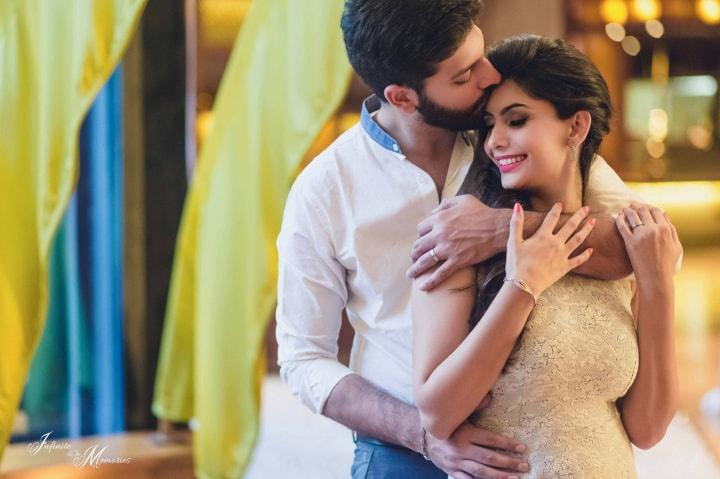
Not by the exact definition perhaps, but some versions of a Gandharva marriage are definitely practised and followed in many parts and quite popular among millennial couples. For example, as per Coorgi wedding traditions, one of the south Indian weddings, there is no priest or chanting of mantras involved. The whole wedding is carried out with just the blessings of the family and friends and the couple takes vows to love each other forever. Many couples are opting for live-in relationships which practically is based on Gandharva traditions where both the partners live with each other like married couples, without the need anyone else's consent.
The real meaning of marriage finally comes down to the point on how compatible the couple is amongst each other. Whether you go for a Gandharva marriage with nothing but rose garlands and honest vows of loving and taking care of each other for life, or court registry marriage or a full-blown traditional Hindu wedding with all the elaborate ceremonies...the bottom line remains, being true to each other. It's absolutely your decision on how you want to take those vows. But whichever route you choose, it's important that you mean every word. And if you're the kind of couple who believes in "less is more" motto, then Gandharva Vivah might just be your thing. Just back it up with a marriage registration to legalise your wedding.
Is Gandharva marriage something you'd like to go for or you want traditional marriage? Share your thoughts with us in the comment section below.


